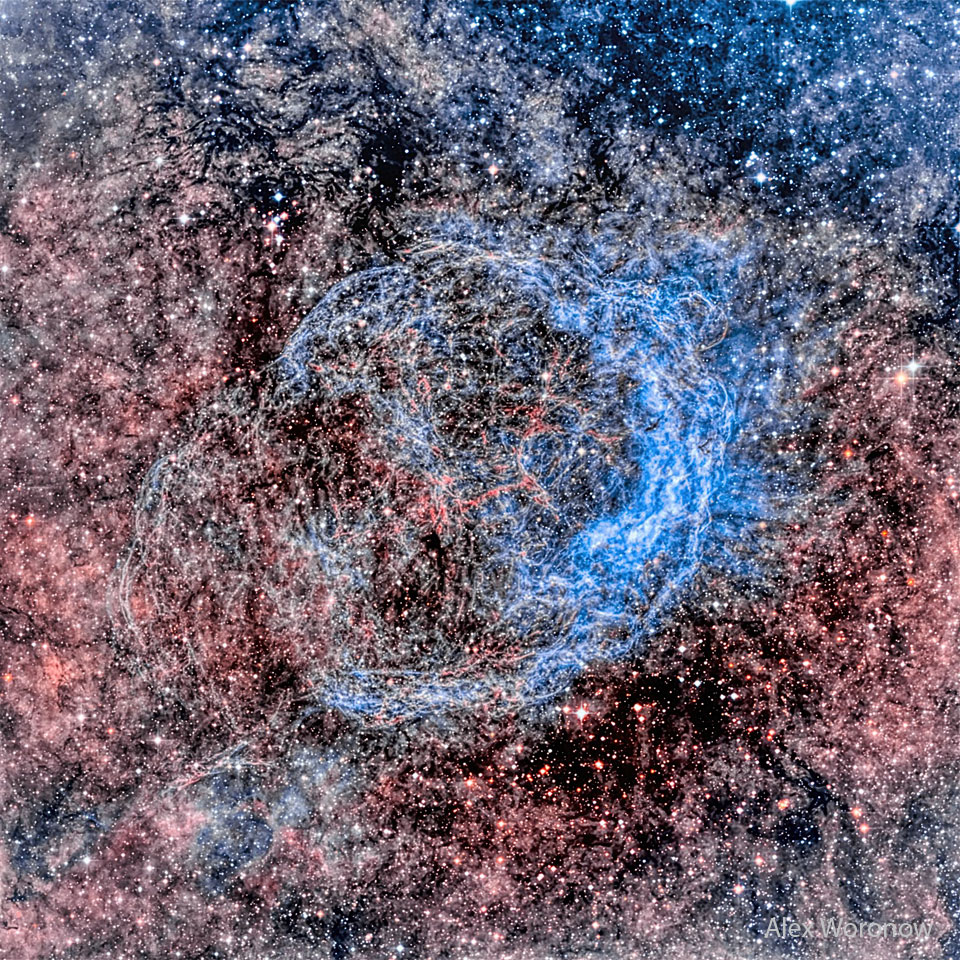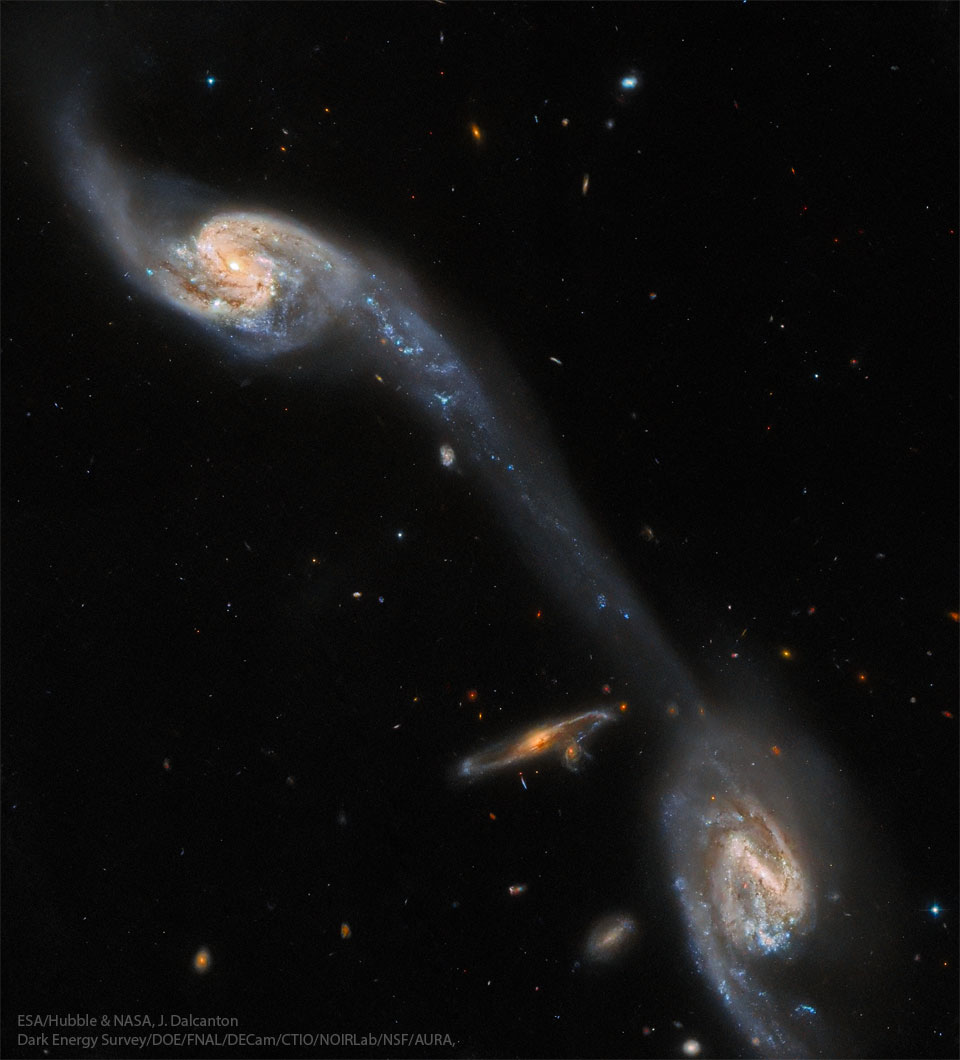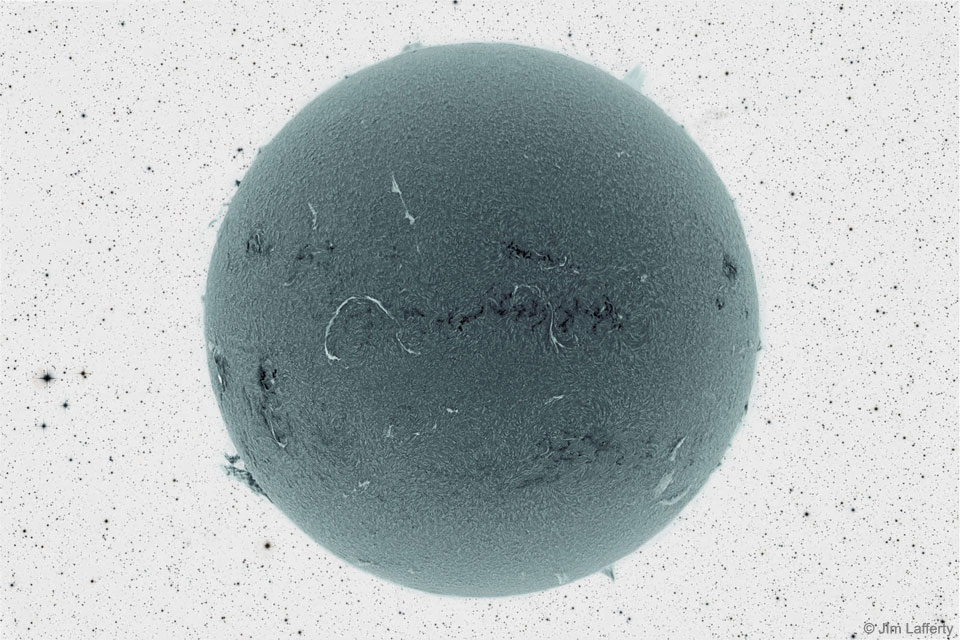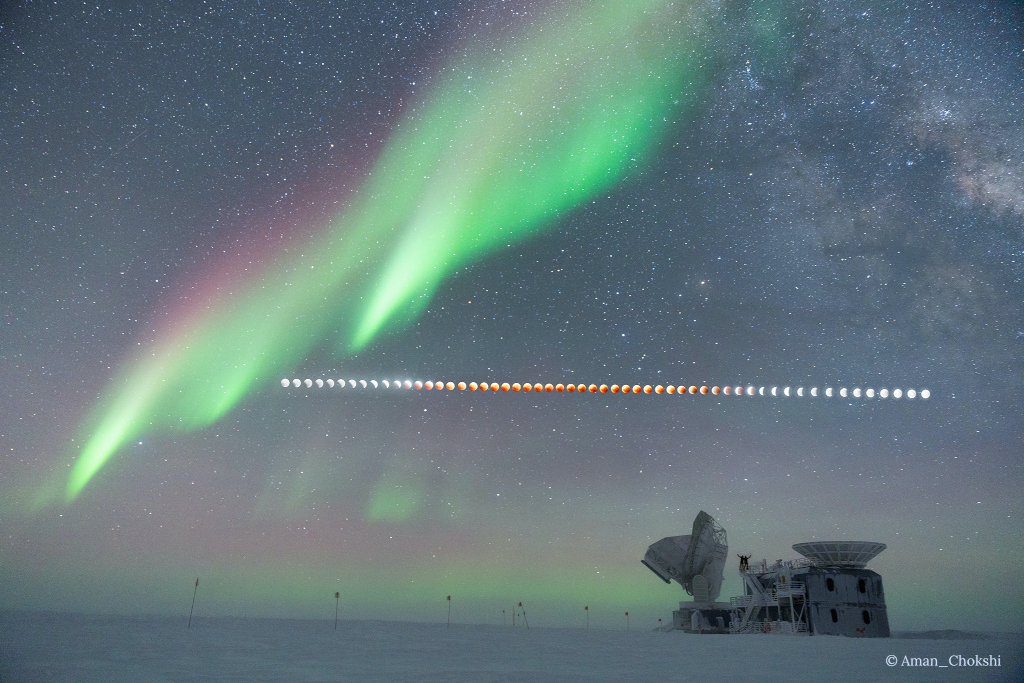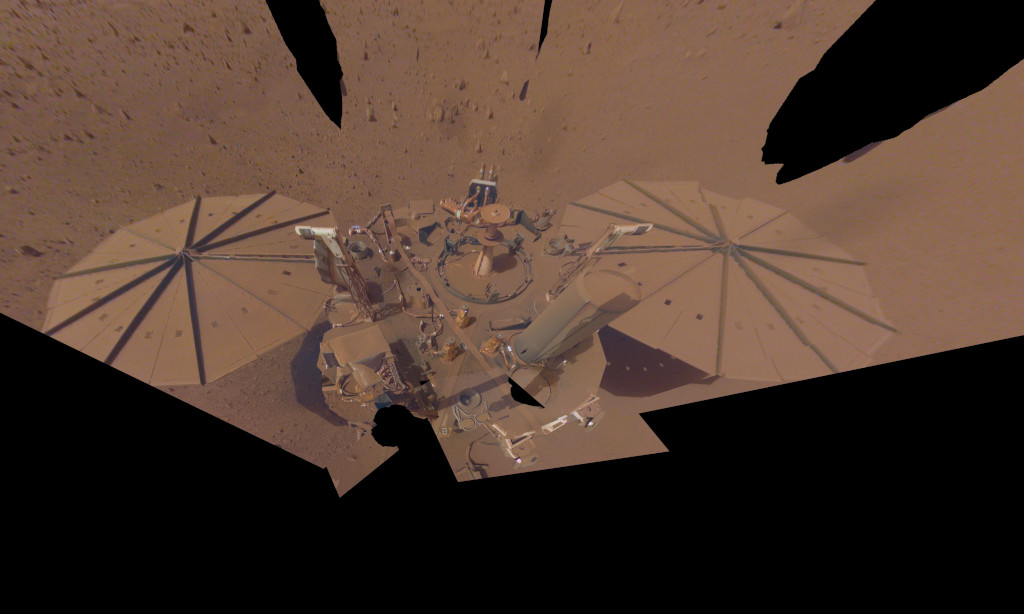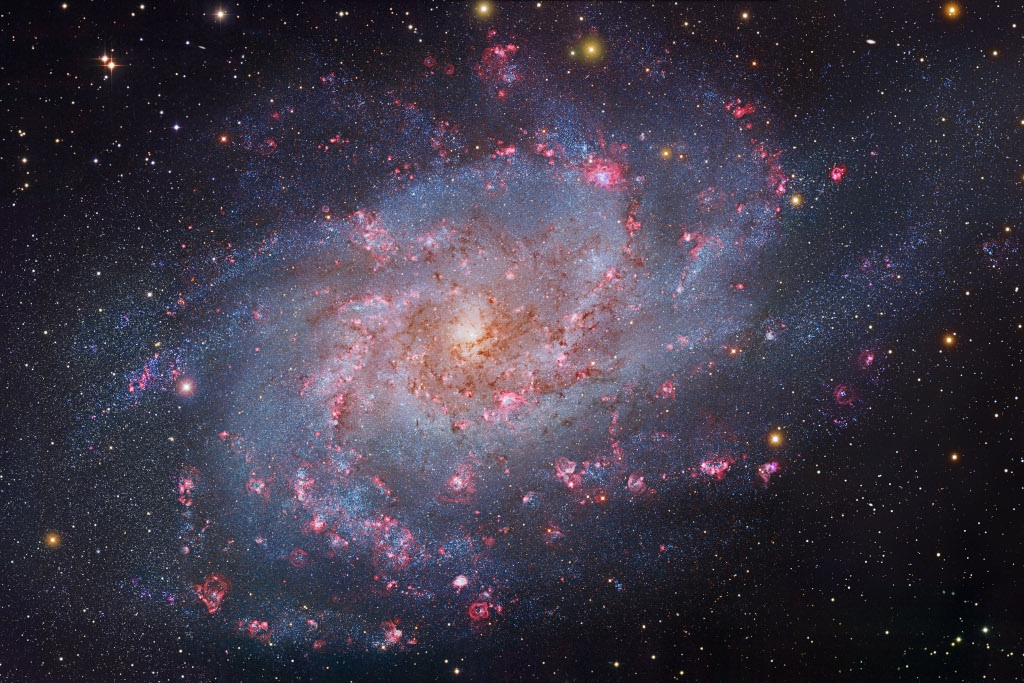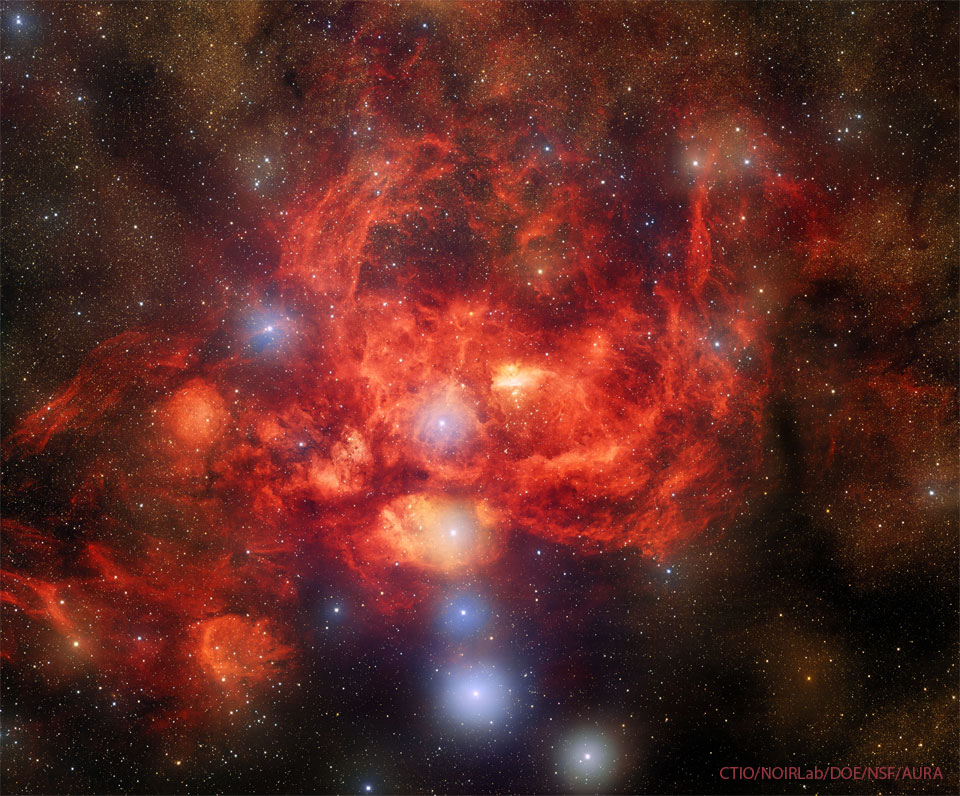안녕하세요, 잡학다식 입니다. 오늘은 과연 나사에서 어떤 방식으로 우주의 형상을 표현해 줄까요?
우선 이미지부터 볼 수 있도록 하겠습니다
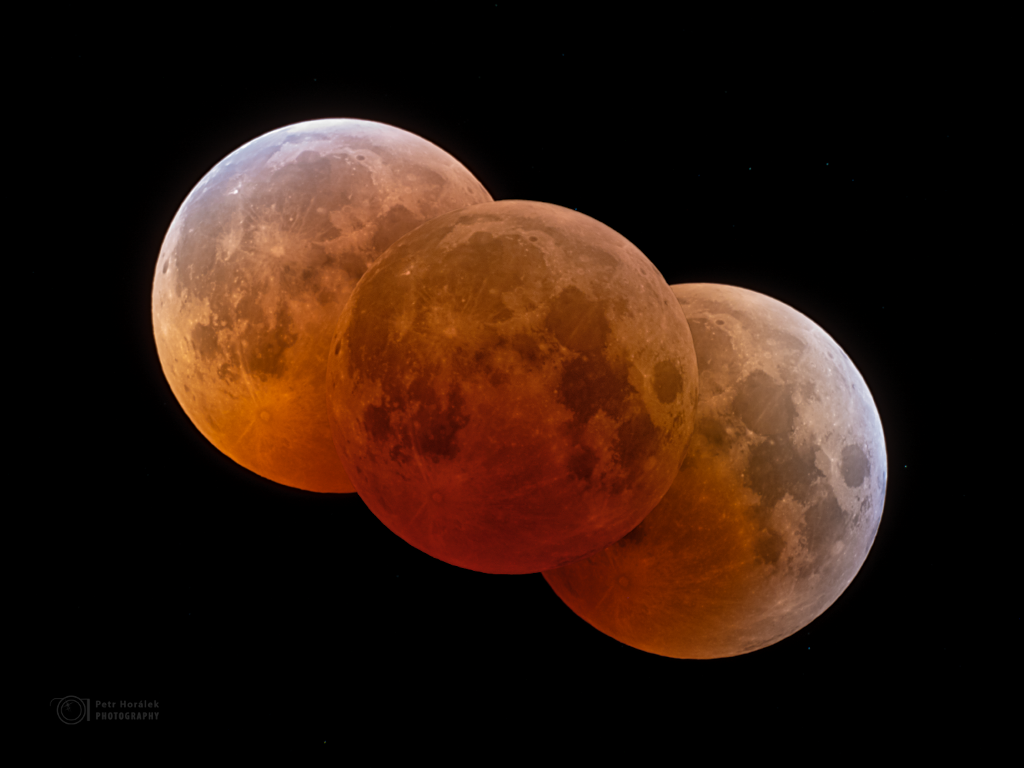
해당 사진의 이름은 Total Lunar Eclipse 인데요 우선 NASA에서 공식적으로 발표한 설명들을 확인해 보겠습니다
The beginning, middle, and end of a journey through planet Earth's colorful umbral shadow is captured in this timelapse composite image of a total lunar eclipse. Taken on November 8 from Kitt Peak National Observatory this eclipse's 1 hour and 25 minute long total phase starts on the right and finishes on the left. Reddened sunlight, scattered into the central shadow by Earth's dusty atmosphere produces the dramatic dark red hues reflected by the lunar disk. For this eclipse, additional reddening is likely due to scattering from ash lingering in the atmosphere after a large volcanic eruption in the southern Pacific earlier this year. Seen at the right and left, the Earth's shadow is still lighter along its edge though. That faint bluish fringe along the lunar limb is colored by sunlight filtered through Earth's stratospheric ozone layer. Lunar Eclipse of November 2022: Notable Submissions to APOD Love Eclipses? (US): Apply to become a NASA Partner Eclipse Ambassador
이번에도 광활한 우주 앞에 인간이 얼마나 작은 존재인지 다시 한번 알게 되는것 같습니다
저는 내일도 더 좋은 사진과 함께 돌아오겠습니다, 그럼 행목한 하루 되시길 바랍니다
'과학상식' 카테고리의 다른 글
| NASA 나사의 오늘의 이미지들 (2022-11-12) (0) | 2022.11.13 |
|---|---|
| NASA 나사의 오늘의 이미지들 (2022-11-11) (0) | 2022.11.12 |
| NASA 나사의 오늘의 이미지들 (2022-11-09) (0) | 2022.11.10 |
| NASA 나사의 오늘의 이미지들 (2022-11-08) (0) | 2022.11.09 |
| NASA 나사의 오늘의 이미지들 (2022-11-07) (0) | 2022.11.08 |
